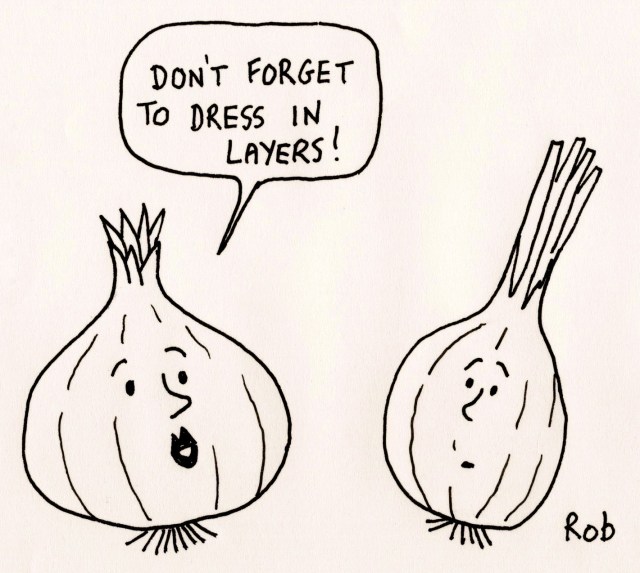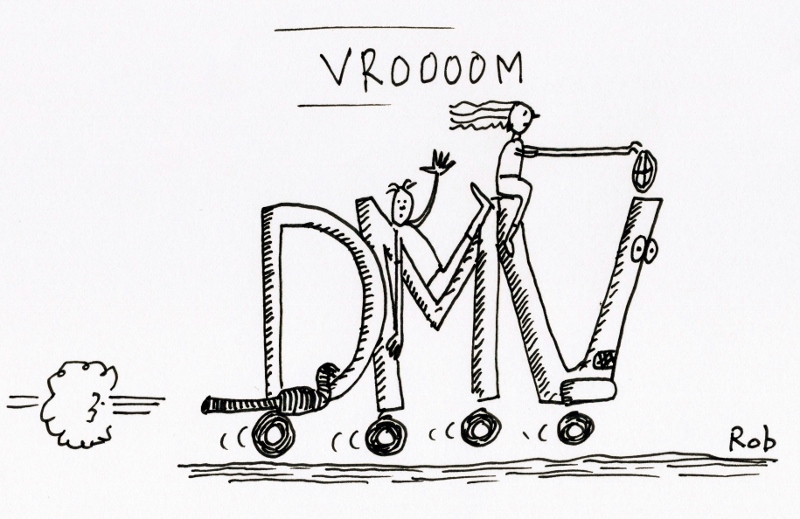I grew up in Wisconsin in a family that gardened.
Correction—I grew up in Wisconsin, birthed by a woman who is a gardener but who did not have as many hours in the day to tend to the gardens she created and, therefore, I was compelled to garden like the rest of my siblings.
It’s not that we were gardeners; we were the labor force of the head gardener.
Her gardens were beautiful. Flowers with spectacular colors and scents, shrubs that displayed more varieties of green than Sherwin Williams could ever creatively conceive on their swatches, grasses that were feathered, plumed, tufted, and willowy, and young saplings planted for following generations to enjoy. Truly beautiful.
And I hated them.
But then there was the vegetable garden.
It had all the bog-standard roots, tubers, vines, and greens. It had berries and herbs, beans and sprouts. It had a seasonal design. It had function. It served purpose and gave back more than you put in. Anything ornamental was likely a fluke of Mother Nature who had leftover bedazzling supplies from the other “just for show” pretentious gardens. Everything was strictly edible.
And I loved it.
It’s not that I couldn’t appreciate my mother’s other gardens, it’s just that I like functional art. I take no issue with fruits and vegetables who display flowers at first, but once they move out of that stage, they produce secondary gifts that serve more than the purpose of simply being eye candy.
Because their task is to be stomach candy.
My mother has also been proclaiming the same statement for years: Just wait, one day the gardening bug will catch up with you too.
The gardening bug has never caught me, but it has done plenty of other things. It has bitten me, wacked me, stung me, and left me with skin diseases that are akin to that of a biblically impressive, untreated leper.
I get it. I am not meant to be gardening. In reality, I think the whole physical kingdom of the outdoors is threatening me with warning shots off the bow the moment I step foot into the open air.
Three weeks ago, I ventured outside to tame just one small area around a tree—one small area within one small garden surrounded by myriad other gardens my mother had meticulously, painstakingly, exhaustively established over the nearly two decades when she lived in the house I now occupy and must tend to.
I was armed to the teeth, as I always am, when finally overwhelmed by the guilt of not tending to her Eden properly. I was covered in tick repellent, sun repellent, and enough fashion repellent clothing to deter any misguided compliments should another human make eye contact.
Alas, surely nefarious nymphs were afoot and saw me as their springtime fling, for shortly following the grueling three hours of bending, digging, pulling, and yanking then gathering, dragging, piling, and swearing, I stripped off my clothes and dashed to the shower to pummel sore muscles and purge myself of sweat.
The first thing I saw in the mirror was a bullseye mark on my elbow, and as I leaned in, as anyone with eyes north of forty will do, I squinted and scowled to identify the interloper. A deer tick, of course. And apparently one who defied years of scientific research and the chemical laboratories in which they discovered how to thwart the appetites of blood sucking creatures.
My luck. But not surprising. I dug him out with freshly cleaned nails and likely took a patch of much needed elbow padding flesh with him just to be safe.
The next morning, I woke up with a bump and then two, and then ran out the house to work with the quick “must have gotten a spider bite on my arm during the night” type of assessment.
It was only while I was knee deep in a field of barley—well waist high actually—and listening to a professor of small grains lecturing about just how difficult it is to deal with covered smut, downy mildew, and net blotch that a farmer standing next to me kicked my toe and said quietly, “Whoooeee! Looks like you just had a tussel with some sumac—just like a dog rollin’ in a big ol’ cowpie patty. What happened?”
He was looking at my arms.
I looked down at my arms.
Oh, dear god, these were not arms. Surely, they were in truth barley stalks with covered smut, downy mildew or net blotch, right? Had I caught the blights the professor was talking about? I glanced up to the sky.
What have I done to piss off whomever is in control here? I muttered.
I drove home and tried not to notice the new symptom of itch.
How did this happen? How was I now breaking out in blistering bumps of poison ivy?
The next morning it was not just my arms, but my trunk and eyelid, and earlobe, and the bridge of my nose that sported the hot pink pustules. It was hideous. And unbelievable. And unbearable.
I called my dermatologist.
You must have had a gap in your clothing. Urushoil likely got between your gloves and your shirt, then you sweated, then that sweat carried the oil all over, and of course you tried to wipe off your face. You’re an idiot.
This is how my dermatologist speaks to me. She knows my luck with anything epidermally- related. Every year I’m forced to pay for skin scrapings and disparaging rebukes. In fact, even my insurance company knows my ill-fortune with greenery and sunshine, and they have announced they will no longer support my relationship with the outdoors. They’ve given me an ankle bracelet that sets off an alarm when I’m within two feet of a window.
I have managed though, and I’ve come across a motherlode of hazmat suits leftover from the pandemic’s PPE phase of fashion, so I’ll likely invest in one of them befor my next gardening venture.
But I seriously must truly reconsider any “next gardening venture,” as if there’s one thing I’m tired of being categorized as, it’s someone who makes rash decisions.
~Shelley
For the time being, the blog is closed to comments, but if you enjoyed it, maybe pass it on to someone else. Email it, Facebook it, or print it out and make new wallpaper for the bathroom. If it moves you, show it some love and share. Cheers!
Don’t forget to check out what’s cookin’ in the Scullery and what we all gossiped about down in the pub. Or check out last month’s post and catch up.

























